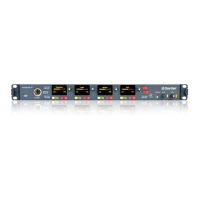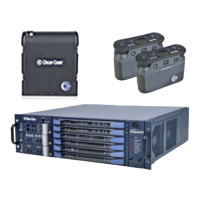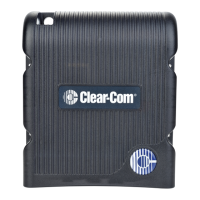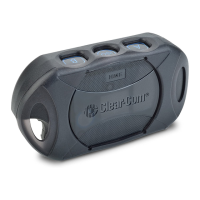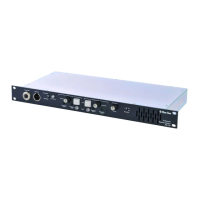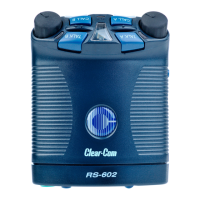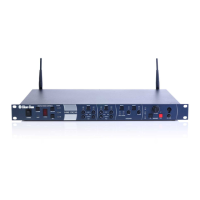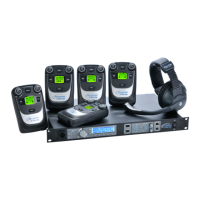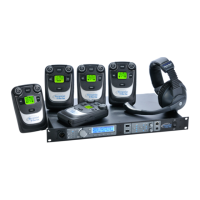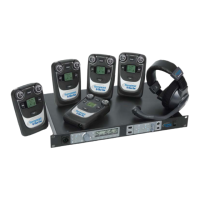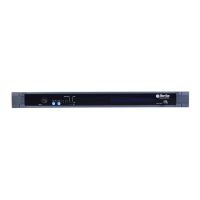FreeSpeak Edge | User Guide
3 RF channel selection 5 GHz
The 5 Ghz band has many more RF channels than the 1.9 or 2.4 GHz bands (20 - 30
depending on region). This channel density can allow a high data through put (up to 10
beltpacks in an RF zone) and combined with the Edge system technology gives low latency,
high quality (12 KHz) audio transmission.
The Edge transceivers make use of antenna diversity. This involves two or more antennas used
together to improve the quality and reliability of a wireless link. This, along with Orthogonal
Frequency Division Multiplexing (OFDM) makes the FreeSpeak Edge system particularly
suitable for a multipath environment and as long as channel selection is conducted carefully
when this is necessary, gives a very robust and reliable coverage zone.
5 GHz signals have different transmission qualities to the 1.9 or 2.4 GHz bands. Signals do not
propagate as freely through walls in a building, but they will 'bounce' or reflect off hard
surfaces. This makes them well suited for use in arenas with a reflective ceiling. In general, for
the same power level, the outdoor range of 5 Ghz system is much smaller than the equivalent
DECT system. This is because direct line-of-sight is required, as signals do not propagate
through obstacles easily.
The 5 GHz RF band has a number of regional regulatory variations that need to be taken into
account;
l Which channels are available in a particular region
l Power regulations (for that region)
l Availability of channels for outdoor or indoor use
l Availability of channels for universal use (wi-fi and other 5 GHz devices such as
cameras). These are the Industrial, Scientific and Medical (ISM) channels.
l Channels used for radar (weather and emergency services) communication. These are
the Dynamic Frequency Selection (DFS) channels.
As required by law, the regulations are automatically enforced by the system software.
Transceivers use DFS channels as these are less likely to be hosting other traffic. In this case,
the transceiver will also need a reserve or backup channel. The backup channel is used if radar
or other activity is detected in a channel; the Edge signal will automatically be moved to the
backup channel. You will see a double red flash on the transceiver status LEDs when the
backup channel is in use.
Page 10
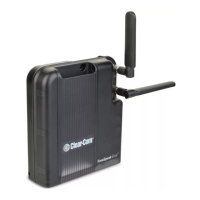
